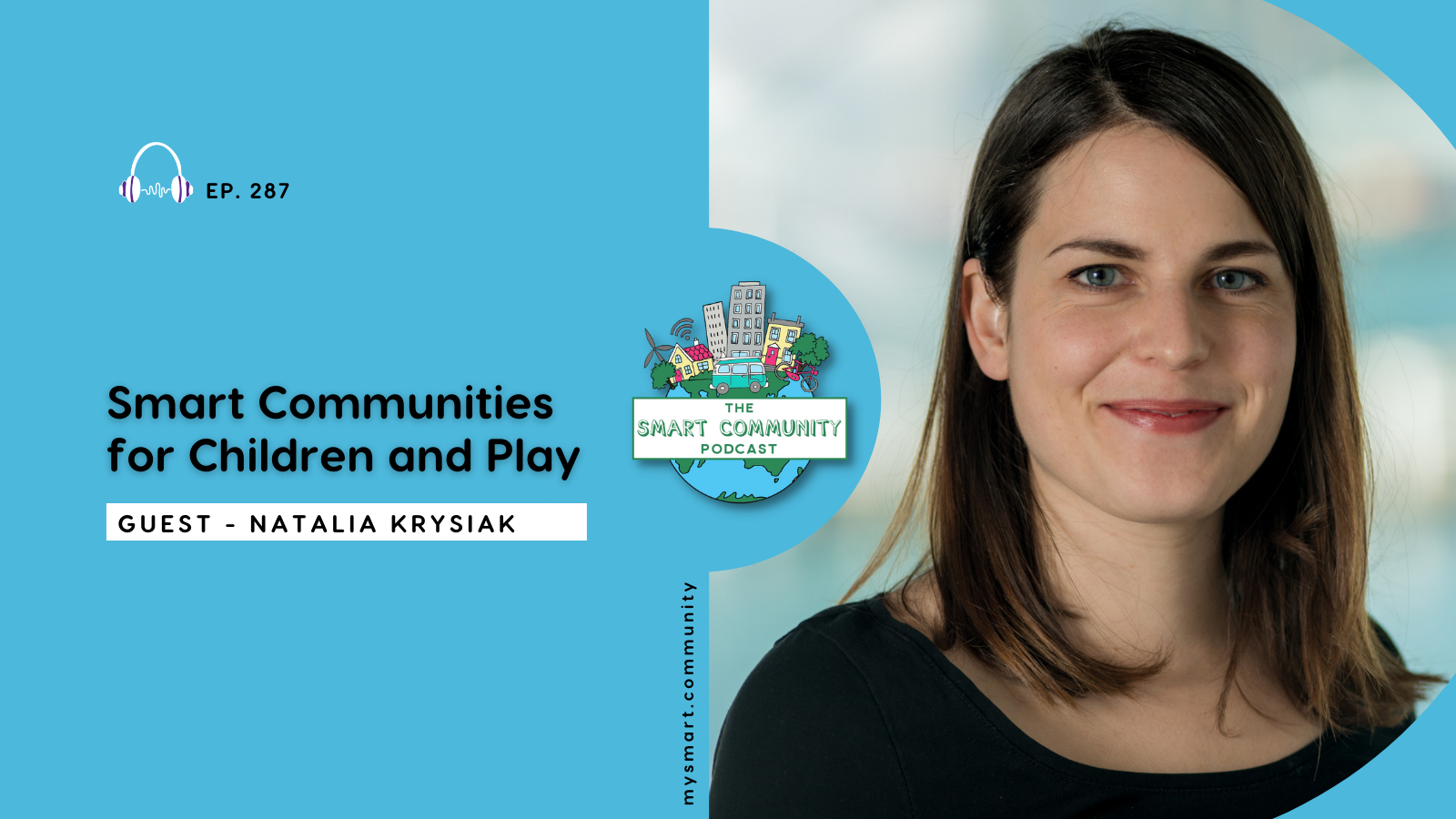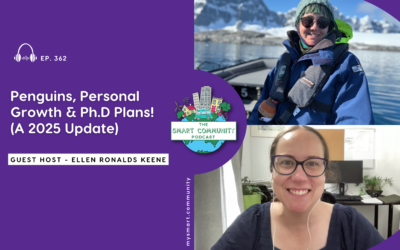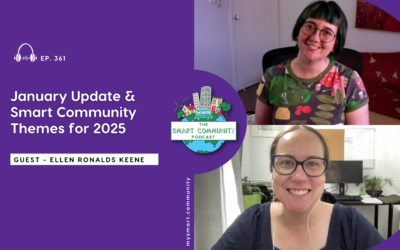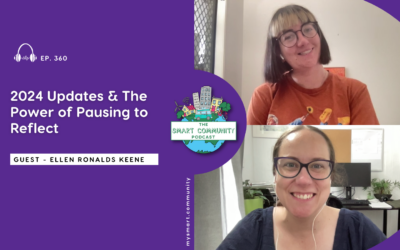Hi #smartcommunity friends! In this episode of the Smart Community Podcast, I have a wonderful conversation with Natalia Krysiak, a practicing architect at Hayball and the founder of Cities for Play. Natalia specialises in the design of child-oriented learning and play environments, and her area of research focuses on child-friendly cities and how the built environment can contribute to the health and wellbeing of children. In this episode, Natalia begins by telling us about her background in architecture, what inspired her to begin her organisation Cities for Play, and what a Smart Community means to her. Natalia then shares how she came to work in the Smart Communities space, before she discusses the importance of accommodating children’s needs when designing and planning our built environments, as well as the importance of the physical and digital combinations in our communities. Natalia then shares with us some of her Churchill Fellow experiences, before discussing some examples she has seen in other countries of how children get to and from school. We finish our chat discussing the emerging trends of creating placemaking through play and creating play mapping in communities, as well as the benefits this has on our society. As always, we hope you enjoy listening to this episode as much as we enjoyed making it!
Listen here:
What we cover in this episode:
- Natalia’s background in architecture
- What inspired her to begin her organisation Cities for Play
- What a Smart Community means to Natalia
- How Natalia came to work in the Smart Communities space and in particular from a play element in terms of children
- The importance of accommodating children needs when designing and planning our built environments
- The importance of the physical and digital combination in our communities
- Natalia’s Churchill Fellow experiences
- Some interesting examples Natalia has seen of getting children to and from school in other Countries
- The emerging trends of creating placemaking through play and creating play mapping in communities, and the benefits this has on our society
Quotes:
“I grew up in many different cities all around the world, because my parents love to travel. And I think those experiences as a child living in various places, it really formed my fascination with cities and buildings. So I knew very early on that I really wanted to work in something to do with the built environment.”
“A smart community is many things. But we really need the voice of everybody and the perspectives of many, many people to start playing into those discussions to actually make it smart for everybody.”
“I was always really conscious about the experience of children in the built environment, mostly because of my own childhood, and the fact that I lived in different neighbourhoods. And that gave me a very interesting perspective on place.”
“When we think about the scale of a child, it’s so much smaller than the scale of an adult. And yet, we very, very rarely consider how that smallest scale actually plays into the way in which we design our environments.”
“If every developer had to take on that responsibility of actually thinking through how a child might play outside what it takes to make a safe environment to enable that behaviour to occur, you would completely transform environments so quickly.”
“It is actually a lot of sophisticated thinking that goes behind it in terms of what kids actually need in their development, which is to be able to take risks in a safe and controlled environment, and choose their own sort of adventure in their own play, based on their abilities. So that’s what was really fascinating about Japan, that I took.”
“We know that providing opportunities for play for both kids, and adults, really helps to alleviate so many mental health issues, helps to connect people, it helps to sort of rejuvenate communities together. So I think the idea of creating placemaking through play, creating play mapping in communities, that’s something that is a really untapped area. And I think that’s very much an emerging trend that hopefully will be able to redefine communities in a really sophisticated way.”
“There is this perception that streets don’t belong to children, streets belong to cars. And having a sign on a street that says this is a child priority route, all of a sudden changes perception, because it says actually, the priority here is not the cars and the people that are parking on the streets. It’s actually the safety and the health of children who live in these areas.”
Links:
Natalia’s Churchill Fellow Reports
Connect:
Find the full show notes at: www.mysmart.community
Connect with Natalia via Instagram: @citiesforplay
Connect with me via email: hello@mysmart.community
Connect with My Smart Community via LinkedIn or Twitter and watch on YouTube
The Smart Community Podcast is produced by Perk Digital






0 Comments